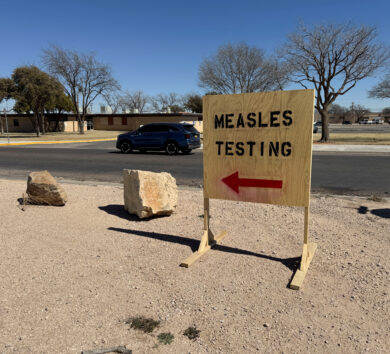

Anaemia is common condition that affects women of the reproductive age (14 to 45) which develops when the blood produces a lower-than-normal amount of healthy red blood cells.
Anaemia is a serious global public health problem, affecting 571 million women and 269 million young children worldwide.
In a effort to tackle the prevalence of the condition, the World Health Organization (WHO) launched a framework to reduce aneamia globally by 2050.
WHO said that progress on reducing anaemia has been slow and the world is not on track to reach the global target.
According to WHO data, In 2019, anaemia affected 40 per cent of children between 6 months and 5 years of age, 37per cent of pregnant women and 30 per cent of women 15 to 49 years of age.
The health condition is most prevalent in low- and middle-income countries.
Anaemia increases the risk of infections and death, impairs cognitive performance, and causes extreme fatigue, poor pregnancy outcomes, loss of earnings, and poor growth and development. It is a strong indicator of overall health.
“Most work on addressing anaemia has been focused on the prevention and treatment of iron deficiency,” says Francesco Branca, director of the WHO’s Department of Nutrition and Food Safety.

“However, anaemia is a complex condition with multiple causes – including other nutritional deficiencies, infections, inflammation, gynaecological and obstetric conditions, and inherited red blood cell disorders. All must be addressed to effectively prevent and treat anaemia,” said Branca.
The new framework sets forth ways to address the direct causes, risk factors and broad social inequities that are fundamental drivers for anaemia.
It describes the necessarily comprehensive approach that brings together multiple sectors and actors, and lays out key action areas to improve the coverage and uptake of interventions







Comments